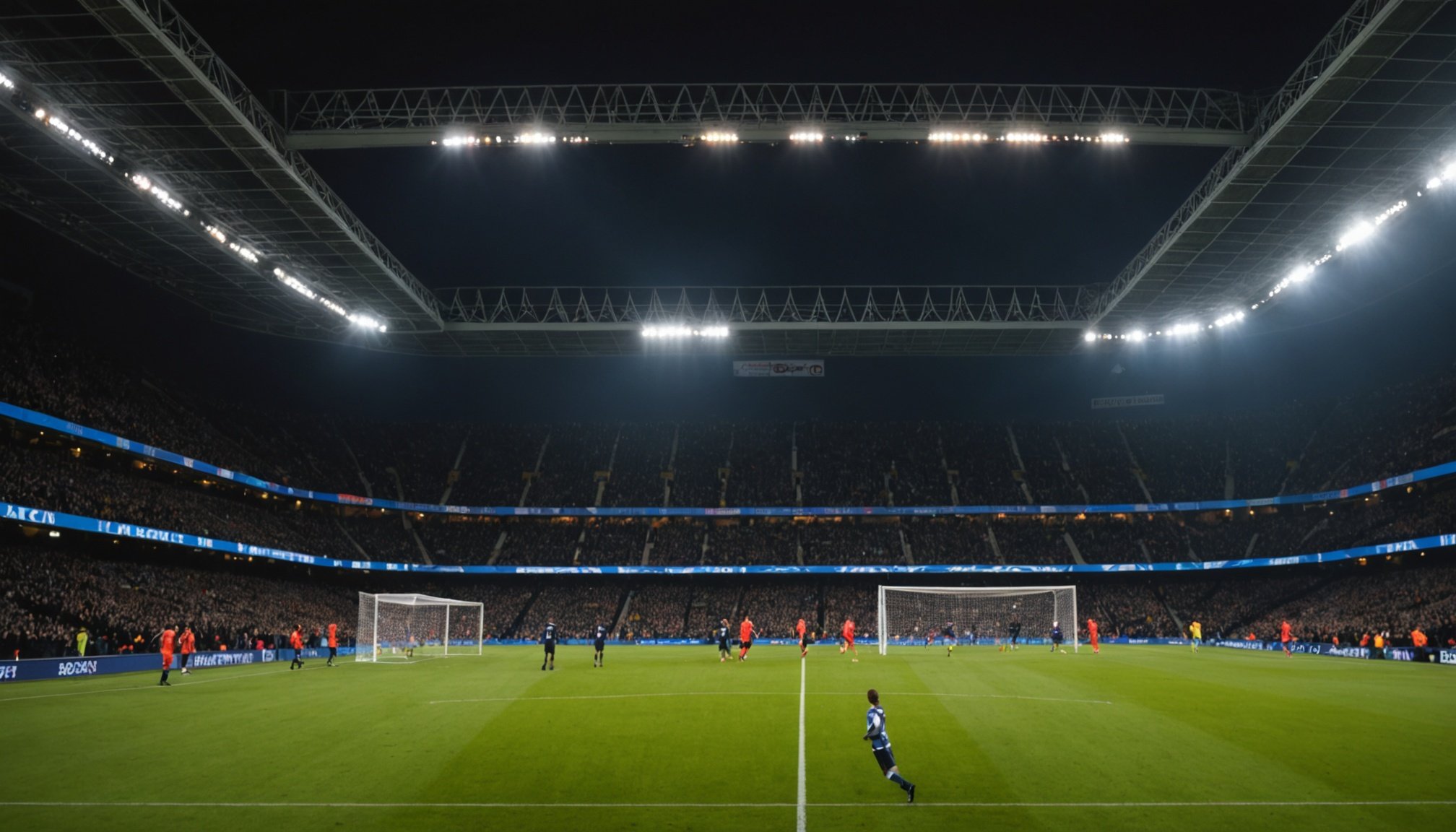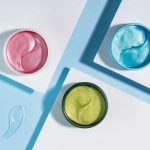Illuminating Performance: How Artificial Lighting Influences Evening Football Matches and Player Efficiency
The Evolution of Sports Lighting
When it comes to evening football matches, one of the most critical factors that can significantly impact the game is the quality of the artificial lighting. Over the years, sports lighting has undergone a remarkable transformation, from the early days of basic floodlights to the sophisticated LED lighting systems of today.
From Metal Halide to LED Lights
Traditionally, metal halide lamps were the standard for sports field lighting. However, these lamps had several drawbacks, including high energy consumption, long warm-up times, and a limited lifespan. The advent of LED lights has revolutionized the sports lighting industry.
Have you seen this : How can UK football clubs improve their community relations to foster local support?
LED lights offer several advantages:
- Energy Efficiency: LED lights consume significantly less energy compared to metal halide lamps, making them more cost-effective and environmentally friendly.
- Instant On: Unlike metal halide lamps, LED lights turn on instantly, eliminating the need for warm-up times.
- Longer Lifespan: LED lights have a much longer lifespan, often lasting up to 50,000 hours or more, reducing maintenance costs.
- Customizable: LED lights can be adjusted in terms of color temperature, brightness, and direction, providing a more tailored lighting solution for different sports and playing conditions.
The Impact on Player Efficiency
The quality of lighting on a football field can have a direct impact on player efficiency and overall performance.
Also read : Unlocking the Game: The Impact of Sports Analytics on Real-Time Decision Making in Football Matches
Reducing Glare and Improving Visibility
One of the primary concerns with sports lighting is glare. Glare can significantly affect the visibility of the ball and the playing surface, potentially leading to errors and injuries. Modern LED lighting systems are designed to minimize glare through advanced optics and beam control.
For instance, the Arias Sports and Area lighting Solution System uses an asymmetric floodlight system that ensures high-quality illumination with minimal glare. This system combines on-pitch performance with absolute control, providing optimal lighting conditions for players and spectators alike.
Enhancing Playing Conditions
High-quality lighting not only reduces glare but also enhances the overall playing conditions. Here are some key ways in which good lighting impacts the game:
- Improved Ball Tracking: With clear and consistent lighting, players can track the ball more easily, reducing the likelihood of misjudging its trajectory.
- Better Field Visibility: Proper illumination ensures that the entire field is well-lit, allowing players to see the playing surface clearly and make quicker decisions.
- Enhanced Safety: Good lighting reduces the risk of injuries by ensuring that players can see obstacles and other players clearly.
The Role of Lighting Design
Lighting design is a crucial aspect of creating an optimal sports lighting environment.
Key Considerations in Lighting Design
When designing a lighting system for a football field, several factors need to be considered:
-
Lumen Levels: The amount of light required varies depending on the level of play. For example, high school football fields may require lower lumen levels compared to professional stadiums.
-
High School: 30-50 foot-candles
-
College: 50-75 foot-candles
-
Professional: 75-100 foot-candles or more
-
Color Temperature: The color temperature of the lights can affect the ambiance and visibility. Typically, sports lighting uses cool white light (around 5000K) for better visibility.
-
Uniformity: Ensuring that the light is distributed uniformly across the field is essential for maintaining consistent playing conditions.
-
Fixtures Placement: The placement of lighting fixtures is critical to avoid glare and ensure even illumination.
Here is a detailed comparison of different lighting systems:
| Lighting System | Lumen Levels | Color Temperature | Energy Consumption | Lifespan |
|---|---|---|---|---|
| Metal Halide | 50-100 foot-candles | 3000K-4000K | High | 10,000-20,000 hours |
| LED Lights | 50-100 foot-candles | 5000K-6500K | Low | 50,000-100,000 hours |
| High-Intensity Discharge (HID) | 50-100 foot-candles | 3000K-4000K | Medium | 20,000-40,000 hours |
The Experience for Players and Spectators
The quality of lighting not only affects the players but also enhances the overall experience for spectators.
Creating an Engaging Atmosphere
Modern sports lighting systems are designed to create an engaging and immersive atmosphere for both players and spectators. Here are some ways in which lighting contributes to this experience:
- Dynamic Lighting: Some LED lighting systems come with dynamic lighting modes that can change colors and intensity in sync with the game’s momentum, creating a more vibrant and engaging atmosphere.
- Consistent Illumination: Uniform lighting ensures that the entire field is well-lit, providing spectators with a clear view of the game from any angle.
- Reduced Shadows: Properly designed lighting minimizes shadows, making it easier for spectators to follow the action on the field.
As one fan noted, “The dynamic lighting at the stadium really adds to the excitement of the game. It feels like the lights are reacting to the action on the field, making the whole experience more immersive and enjoyable.”
Practical Insights and Actionable Advice
For those involved in setting up or improving sports lighting, here are some practical insights and actionable advice:
Conduct a Lighting Audit
Before installing new lighting, conduct a thorough audit of the existing lighting system to identify areas that need improvement. This includes measuring current lumen levels, assessing uniformity, and evaluating glare.
Choose the Right Fixtures
Select lighting fixtures that are specifically designed for outdoor sports. Look for fixtures with high IP ratings (ingress protection) to ensure they can withstand various weather conditions.
Consider Energy Efficiency
Opt for LED lights due to their energy efficiency and longer lifespan. This not only reduces operational costs but also minimizes the environmental impact.
Ensure Proper Installation
Ensure that the lighting fixtures are installed correctly to avoid glare and ensure uniform illumination. Consult with lighting experts if necessary.
Artificial lighting plays a pivotal role in enhancing the performance and experience of evening football matches. From reducing glare and improving visibility to creating an engaging atmosphere, high-quality lighting is essential for both players and spectators.
As technology continues to evolve, we can expect even more advanced and efficient lighting solutions that will further elevate the game of football. Whether you are a player, a coach, or a fan, understanding the importance of good lighting can make a significant difference in how you enjoy and participate in the sport.











